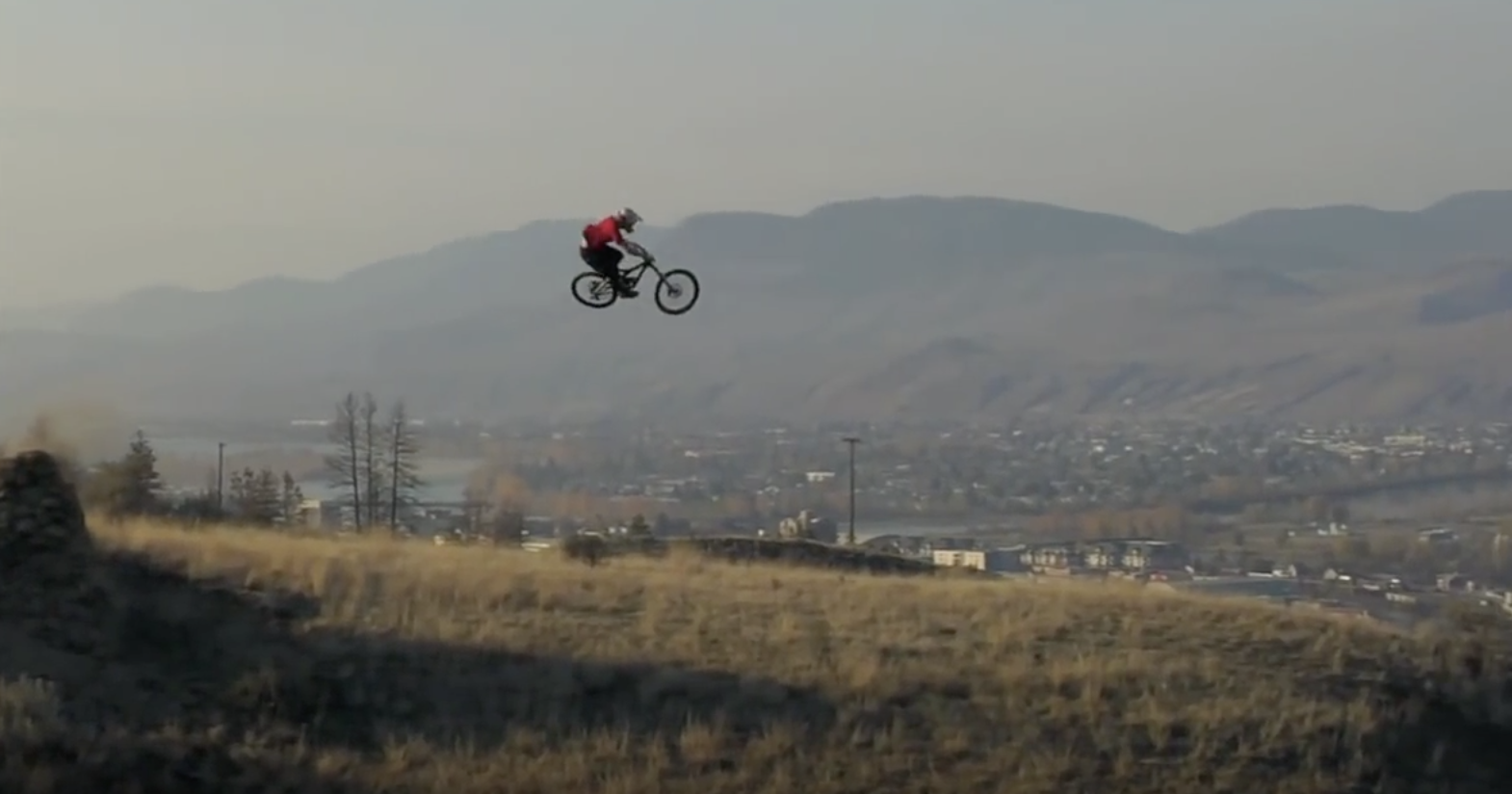Over the last couple of years, mountain bikers have seen an ever broadening range in mid-duty helmet offerings. Within this category, you’ll typically find a bit of added protection and coverage compared to a standard XC lid. Making helmets lightweight and breathable despite introducing more materials presented new challenges to designers, but with innovation and healthy competition, the consumers win in the long run. The new Smith Session MIPS is the latest lid that we’ve tested from this segment of the market. Duty wise, you can compare it to the likes of the TLD A2, the Bell Sixer and the Specialized Ambush, but one of its features – Koroyd, does make it stand out from the crowd. Here’s how it fared…
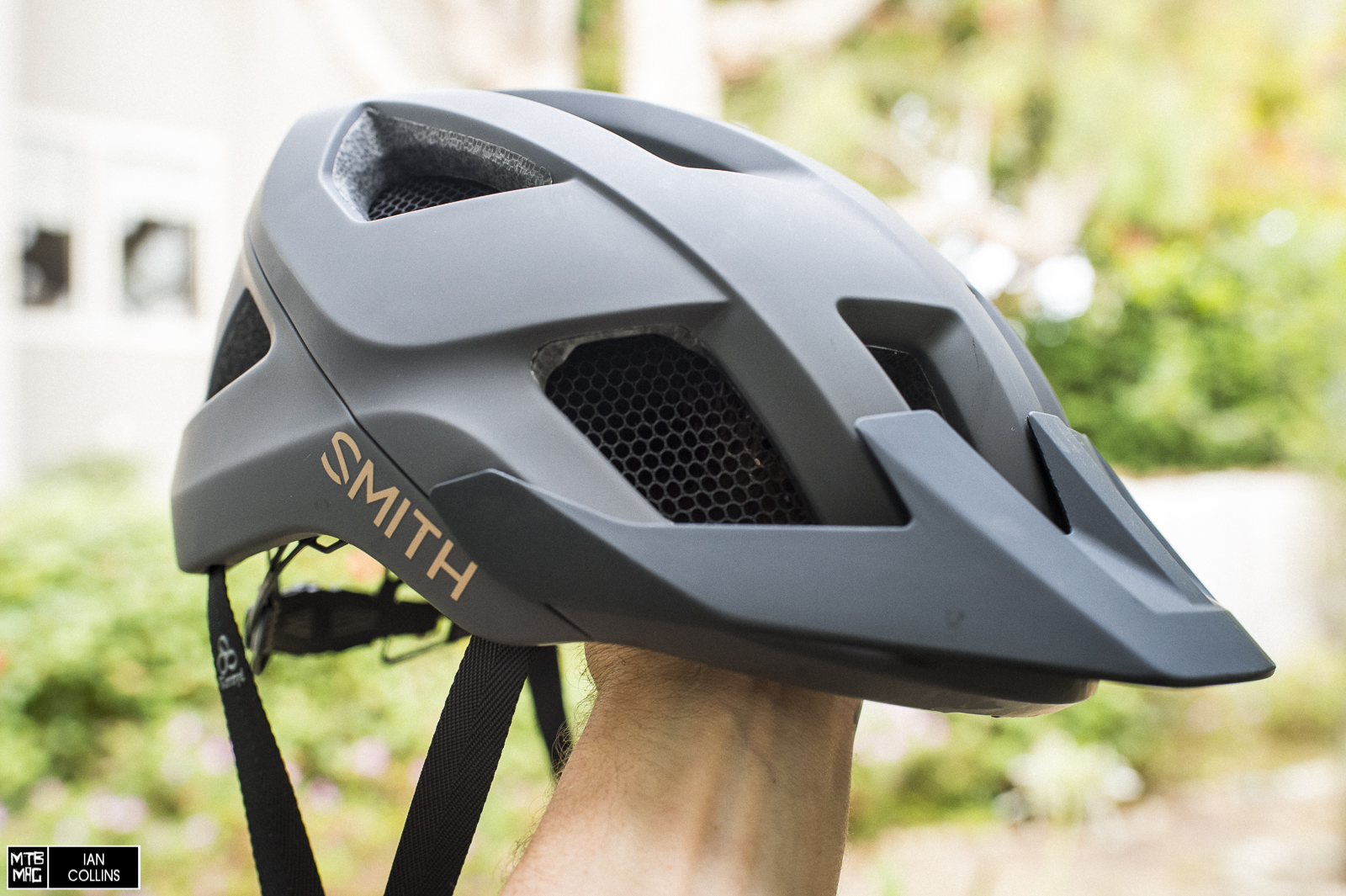
Details
- Koroyd material for ventilated protection
- Integrated skeletal structure
- VaporFit adjustable fit system
- 15 optimized vents
- XT2 anti-bacterial performance lining
- Ultimate sunglass and goggle integration
- Weight (Size M) 13.05 oz / 370 grams (verified)
- 6 colorways
- Certification: CPSC, CE EN 1078
- Camera & light mount compatible
- Three-position adjustable visor
- Lifetime warranty
- $160 USD
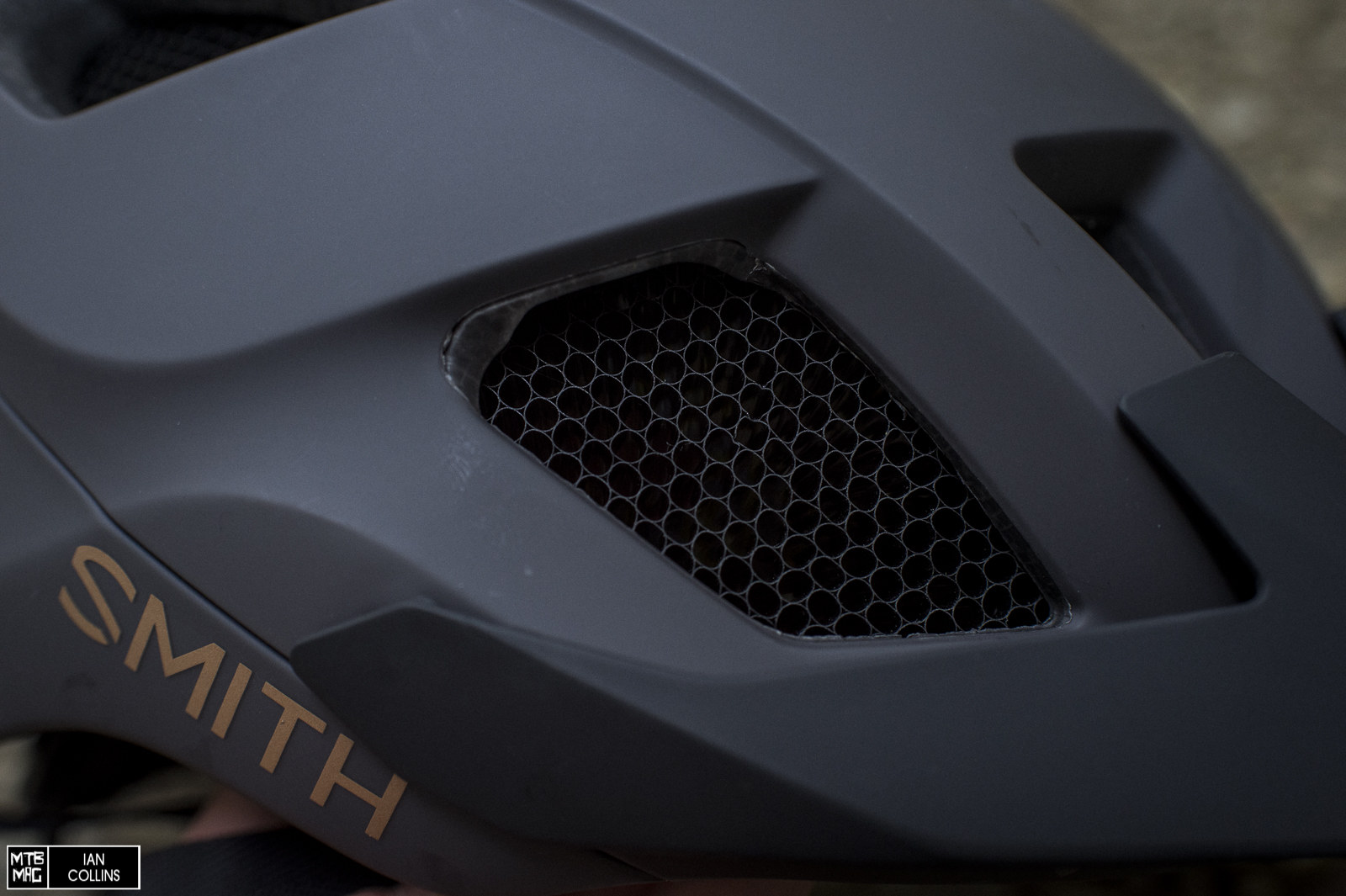
Shown above, Koroyd is basically a series of tubes which serve a few functions. The tubes, which are plastic, are engineered to have just the right amount of give based their size, shape, durometer, etc. Anyhow, they offer additional impact resistance in key areas while still allowing for quite a bit of air flow.
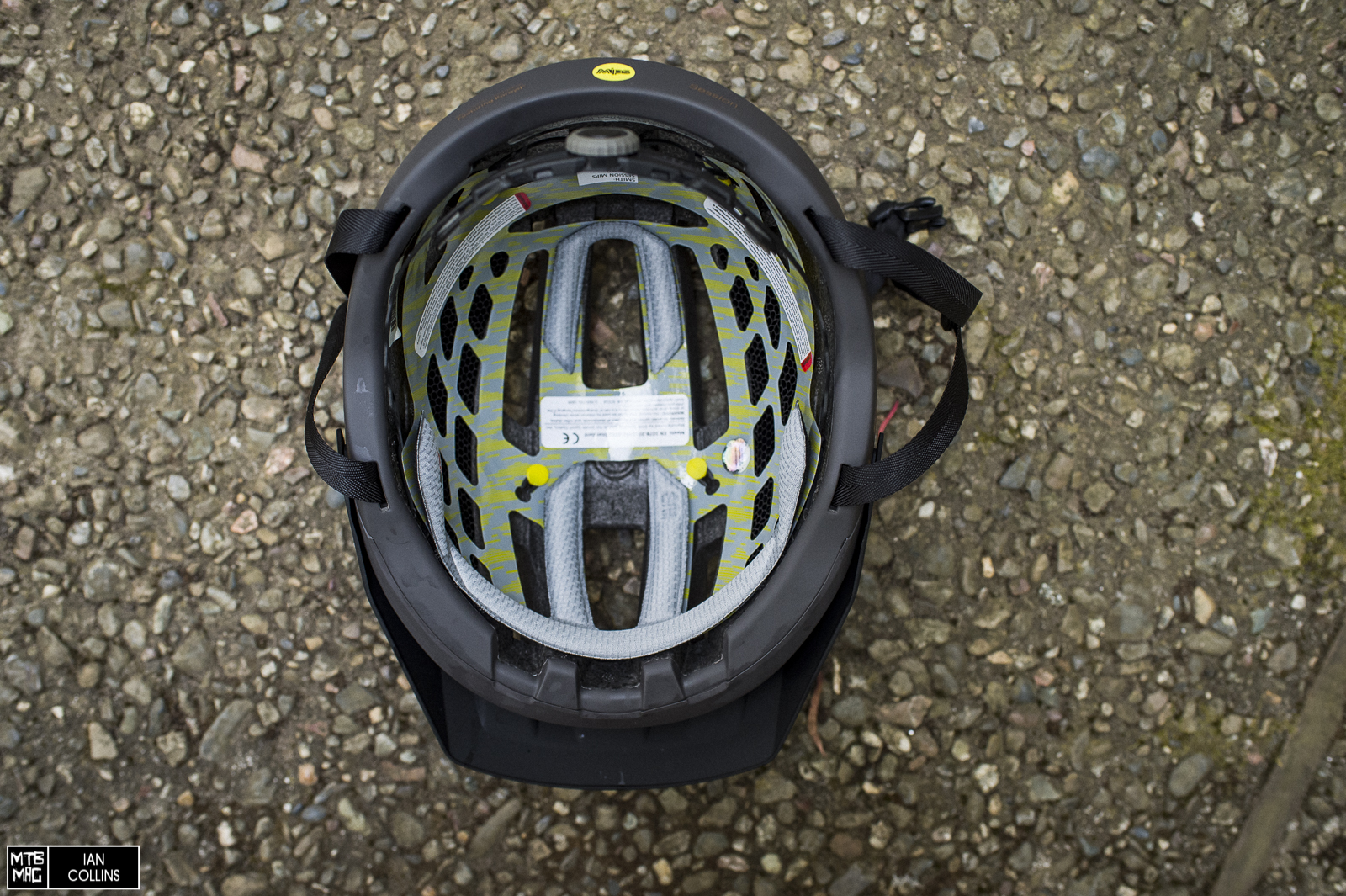
MIPS has become a household name at this point. There are only a few dubious holdover brands in the mountain bike arena who haven’t adopted this technology. In short, it’s a helmet liner that allows some slipping upon impact, which reduces “rotational impacts”. You can read up on it more here, but it’s basically an added layer of safety.
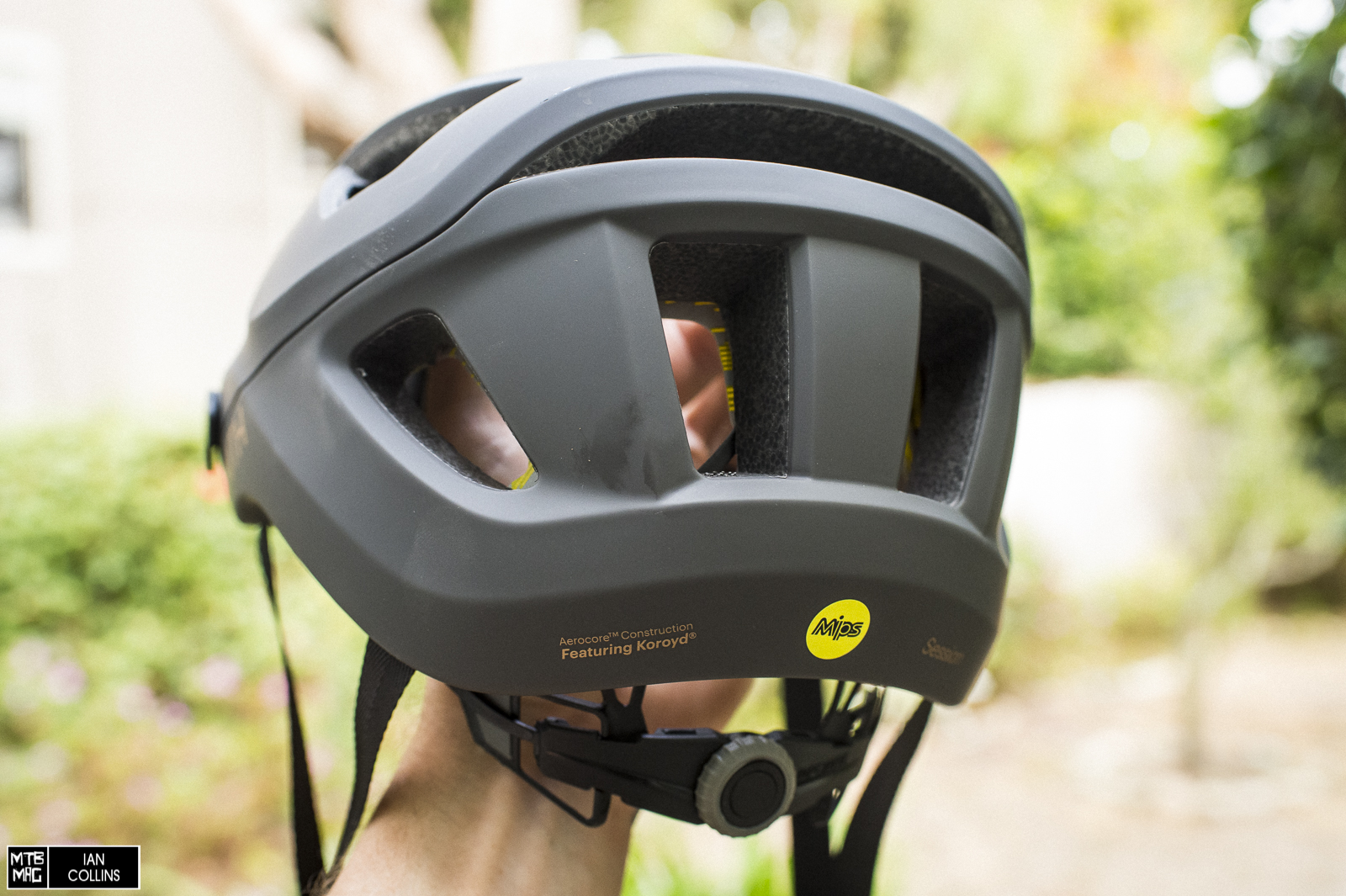
The vents on the Session are massive, thus allowing for a lot of air flow and heat dispersion. There are 15 in total.
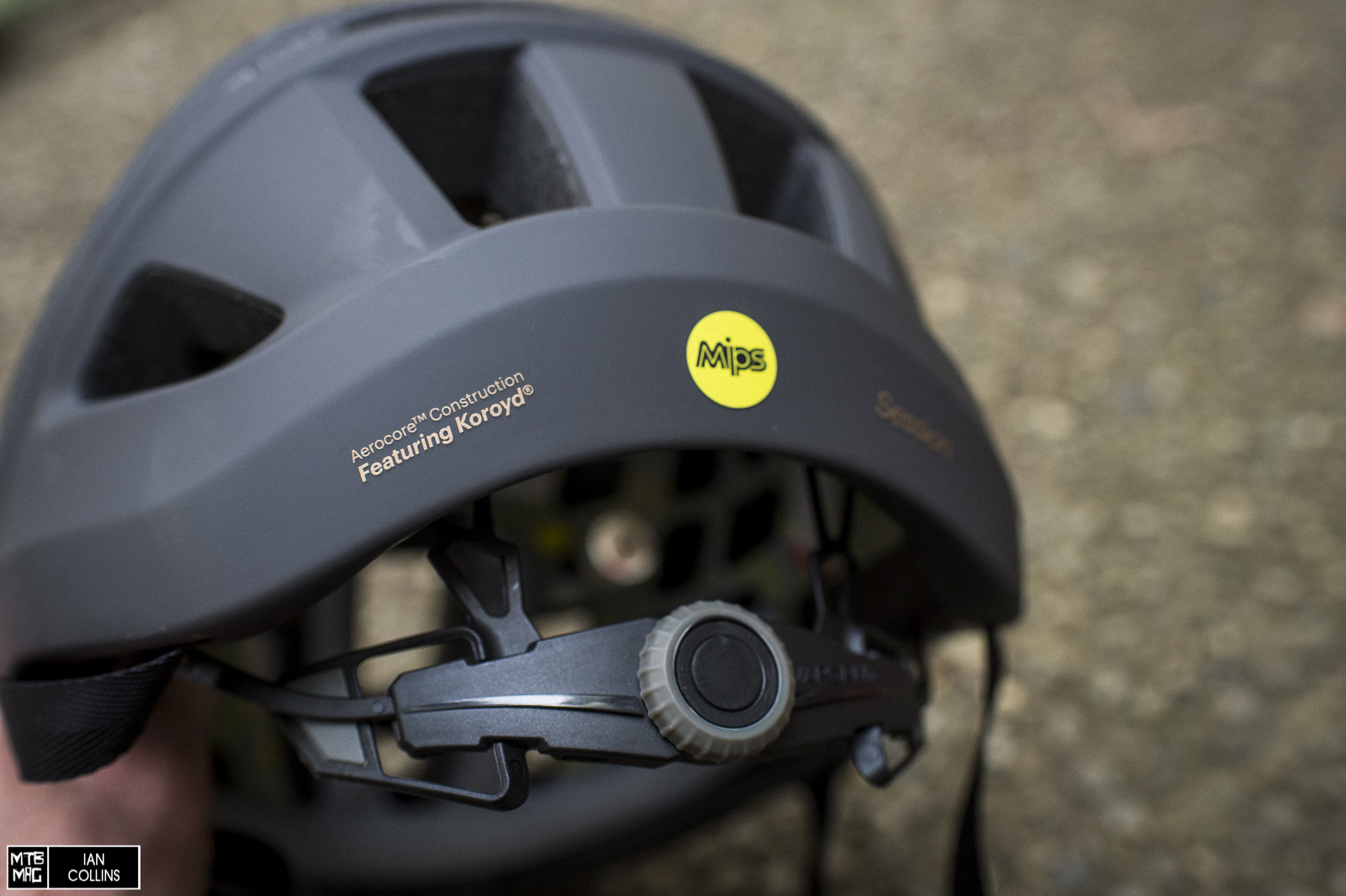
The “Vapor Fit” retention system is nothing too far out of the ordinary. It utilizes a straightforward dial that’s rubberized and easy to grasp. The height is adjustable between 3 different positions, as is the fore/aft placement of the retention system’s front anchor points. The inside surface that cradles your head has four rubber sections for added comfort and grip.
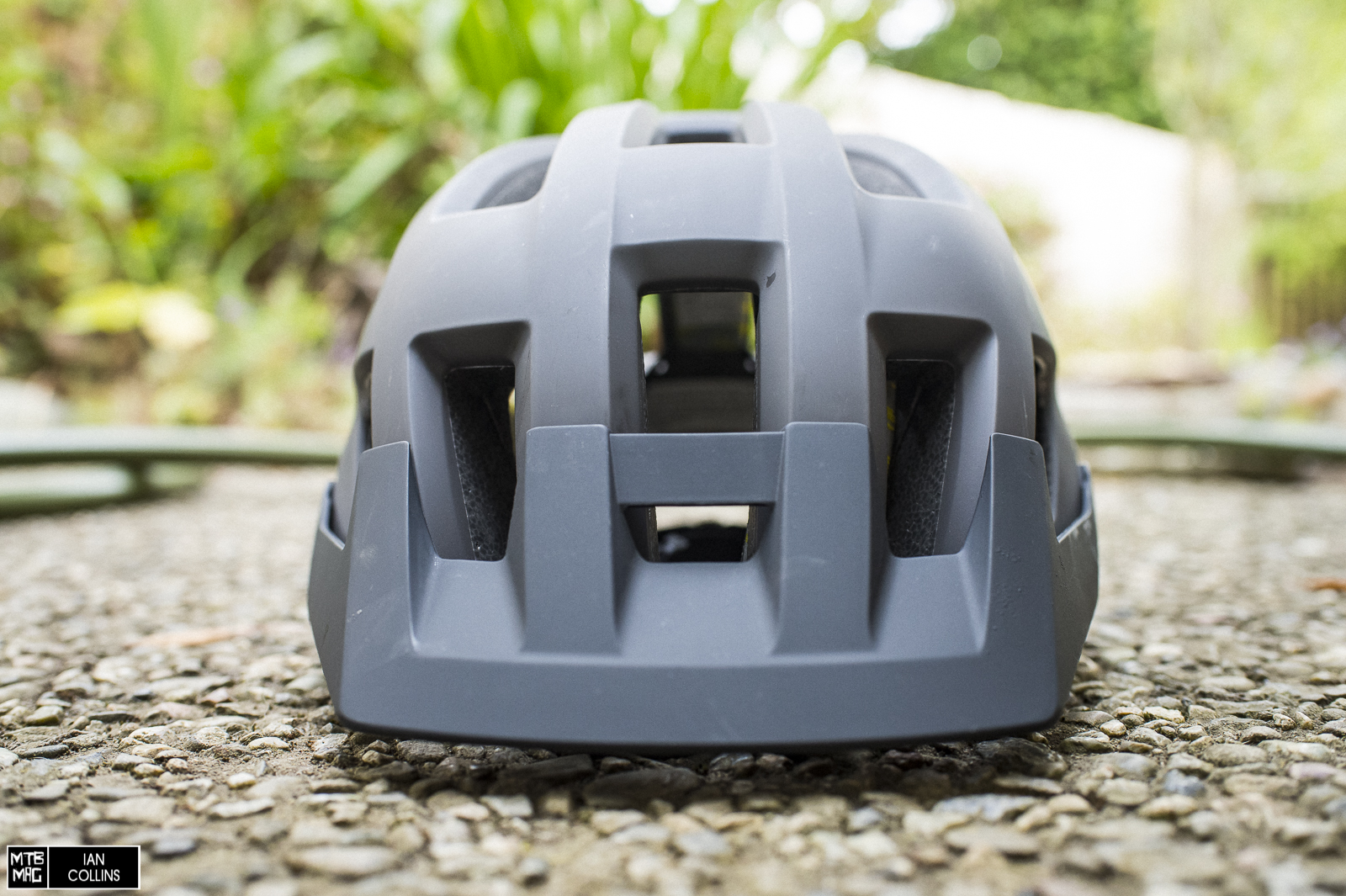
The visor has three positions in total. It’s on the short-ish side, which is fine by us. Pictured above it’s in the lowest position.
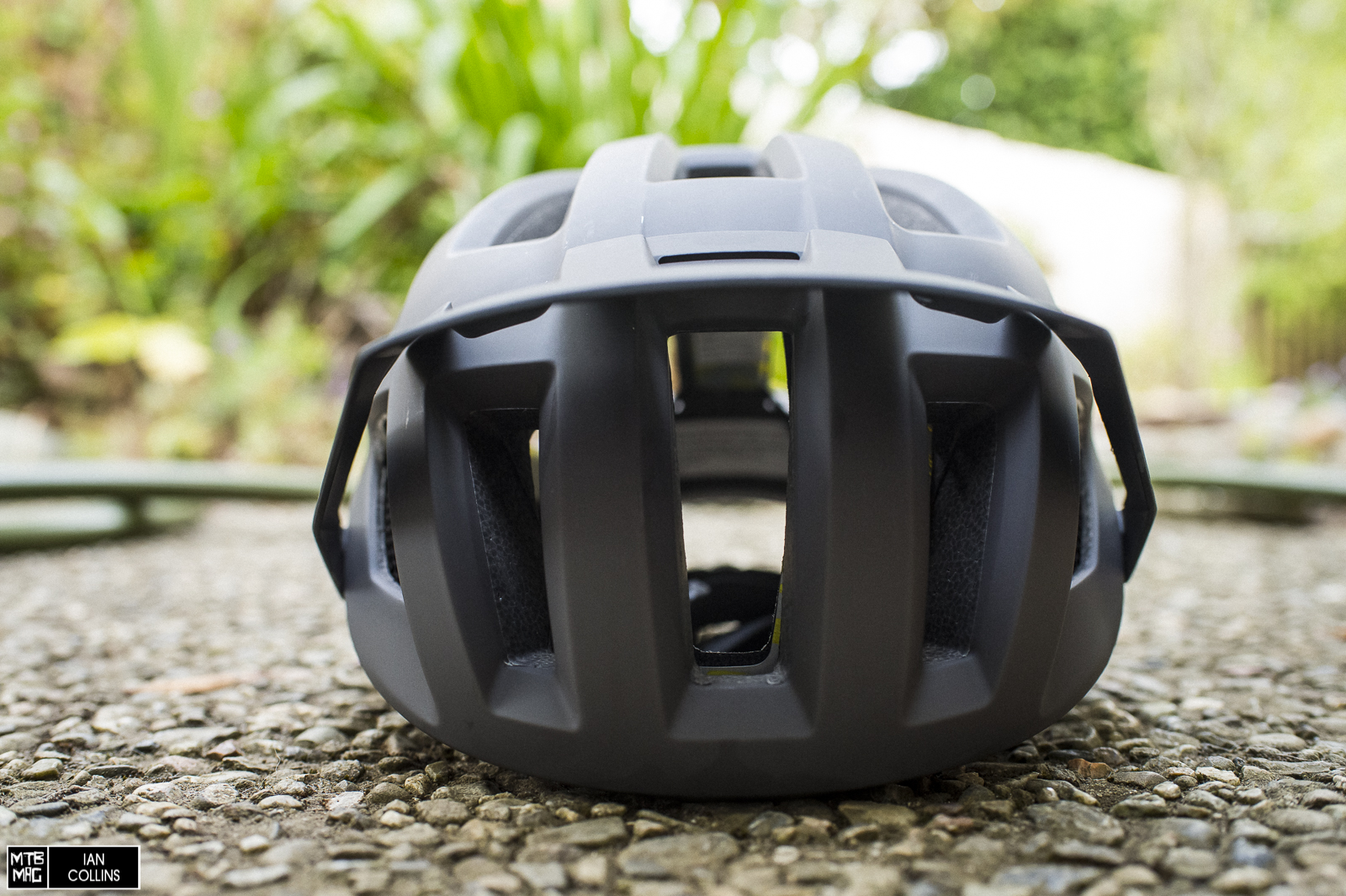
The Session has plenty of room for even some of the larger goggles on the market…The visor is shown above in the highest position.
On the trail
Out of the gate, the fit was quite good, as was the coverage. Some helmets in this category drop down a little bit further and cover deeper down toward the base of your skull, but we wouldn’t rate the Session as lacking coverage. Our tester’s head shape tends to typically agree with a broad range of helmets, and he didn’t manage to find any fitment quirks or hot spots with the Session. The straps are permanently anchored at all four points, which made adjusting them a non-issue as they are always in the right spot. The visor only has 3 pre-set positions, but we mostly only used the middle position and upper position (when stowing goggles). Interestingly enough, we preferred this to having a dozen different detents, as it’s easy to pop it into the spot that’s “just right”.

We’ve mainly been riding the Session in the warmer months of Spring and Summer in the Santa Cruz, California area, which certainly made for a good test of how well it managed heat and moisture. First and foremost, the massive vents are seriously effective at not only allowing heat to escape, but also channeling air. Although it’s difficult to gauge the effectiveness of “Koroyd”, it certainly seems like it would work as an additional layer of protection, and given that the Session was one of, if not the coolest helmet in this category that we’ve tested to date, we can’t fault it the unconventional technology in any way. The two piece sweat liner is extremely minimalist – the front portion wraps 180º from one temple to the other. We think this may have been part of the reason that the Session did such a fine job of keeping sweat out of our eyes and brows.

If we had one minor gripe, it would be that when we had the retention system set a bit on the snug side, the somewhat pointed parts (indicated above with the arrow) would dig in slightly when we craned our neck on steep descents. 30 seconds with a nail file took the sharp edge off and it became a non-issue. Other than that, the retention system (and everything else, for that matter) was flawless. It’s low profile and stayed out of the way of sunglass arms, unlike many other retention systems on the market. The adjustment dial is easy to reach and the anchor points in the helmet are logically placed so as to offer just the right amount of range.
Overall
Getting straight to the point, the Session is just a damn good bike helmet. Our only complaint was minute and easily remedied. Fortunately we didn’t have any crashes in it, but it felt quite safe and secure, and utilizes proven technologies that inspire confidence. It’s very comfortable and works nicely with glasses and goggles alike, plus we love the permanently anchored straps as they take the (guess) work out of strap adjustments. Perhaps most importantly, we’d have to rate heat dispersion and ventilation as the Session’s top attribute. At $160 it offers a solid value and its smart features well justify the cost. Last, but certainly not least, recognizing that everyone has their personal opinion on aesthetics, we think this is also a great looking helmet. Sure, Smith offer it in bolder colorways, but speaking beynd our affection for the subtle color that we featured, the overall shape is easy on the eyes, and it won’t make you look like a creature out of a Star Wars movie.

